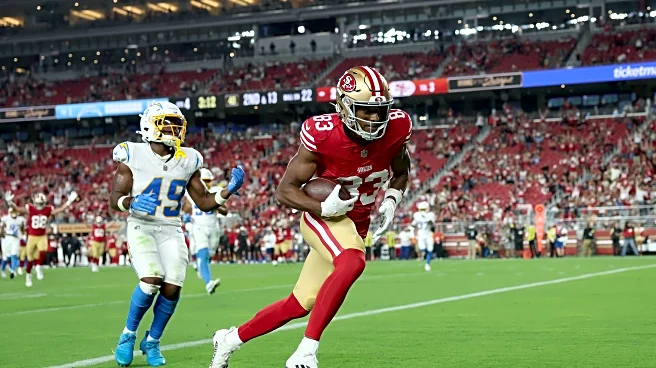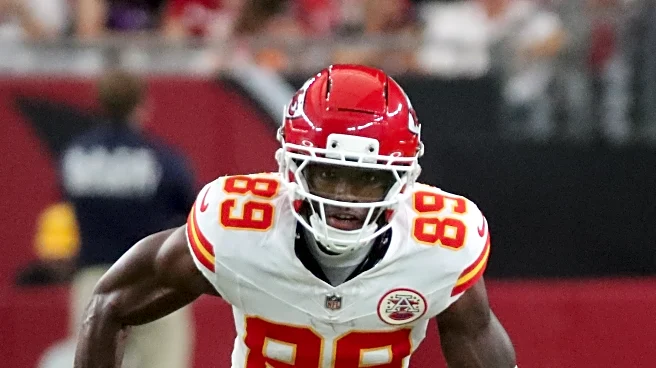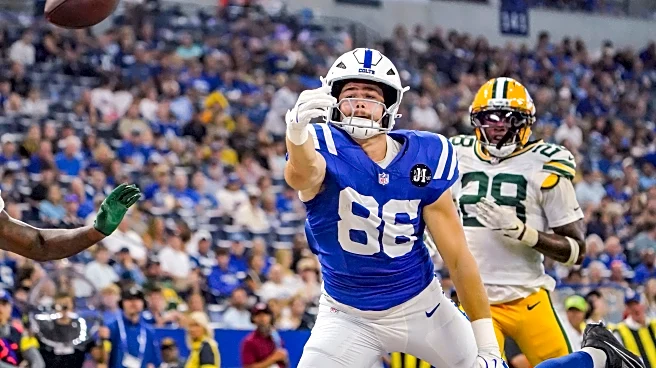What's Happening?
The Pittsburgh Steelers have finalized their 53-man roster for the upcoming NFL season, ranking as the second-oldest team in the league with an average age of 27.28 years. This places them just behind the Washington Commanders, who have an average age of 28.09 years. The Steelers' roster is the oldest in both the AFC and the AFC North, with the Tennessee Titans being the next closest in the conference at 26.58 years. Within the AFC North, the Cincinnati Bengals are the youngest team, averaging 25.77 years, followed by the Baltimore Ravens and the Cleveland Browns. The Green Bay Packers hold the title for the youngest team in the NFL with an average age of 25.23 years. Notably, the Steelers' roster is older than last year's, when they were the third-oldest team. The youngest players on the team are Derrick Harmon and Kaleb Johnson, both 22, while Aaron Rodgers, at 41, is the oldest. The roster is subject to change as the team prepares for the regular season.
Why It's Important?
The age composition of the Pittsburgh Steelers' roster could have significant implications for the team's performance and strategy. An older roster may bring experience and leadership, which can be advantageous in high-pressure situations. However, it could also pose challenges in terms of physical endurance and susceptibility to injuries over the course of a demanding NFL season. The team's management may need to balance the benefits of veteran presence with the need for youthful energy and resilience. This age factor could influence the Steelers' competitiveness in the AFC North, where younger teams like the Bengals may have an edge in terms of speed and agility. The roster's age dynamics might also affect the team's long-term planning and player development strategies.
What's Next?
As the Steelers approach the start of the regular season, they will likely continue to adjust their roster, which could slightly alter the average age. The team's management will need to monitor player performance and health closely, making strategic decisions to maintain a competitive edge. The coaching staff may also focus on integrating younger players into key roles to ensure a balance of experience and youthful vigor. Additionally, the team's performance in the early games of the season could prompt further roster adjustments to address any emerging weaknesses or capitalize on strengths.













